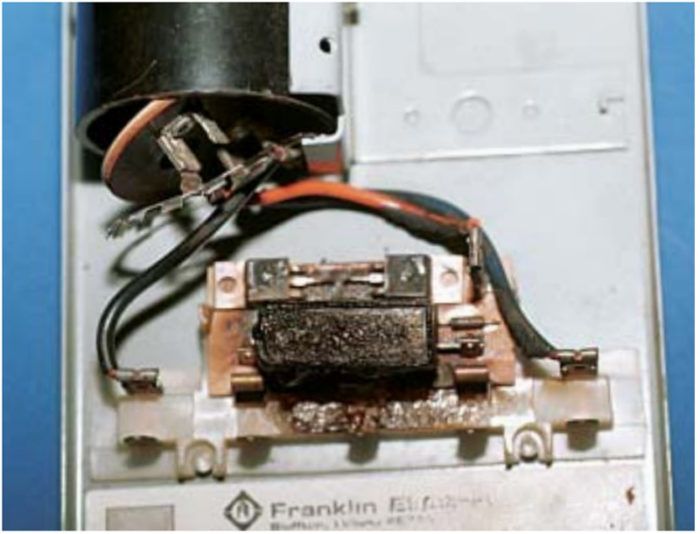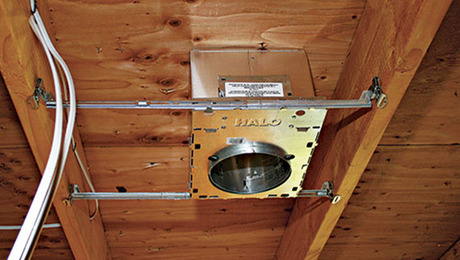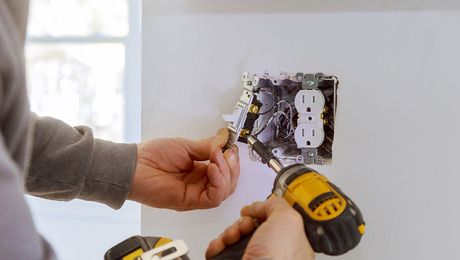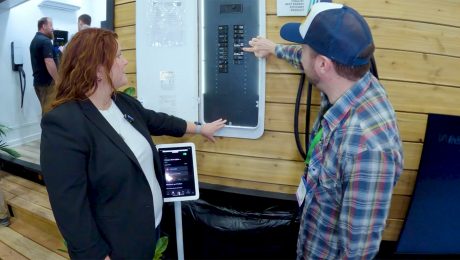Wiring a House: Lightning and Surge Protection
If you understand how lightning surges get into the house, it's easy to add equipment to keep them out.

Synopsis: In the past, the only way to ensure that appliances were safe from damaging electrical surges was to unplug them. Back then, most people had only two major appliances: a stove and a washing machine. Not too long after came electric dryers and television sets. Today, unplugging appliances is no longer practical. Our appliances are integral with the house, but they are also very fragile. Operating at only a few volts, they can’t survive a battle with lightning or any other surge source. Enter the newest step in home evolution — surge protection. In this excerpt from Wiring a House, author Rex Cauldwell explains how to add point-of entry protection (at the main panel or subpanel) and point of use protection (where the equipment is used) to safeguard your household appliances, telephone wiring, and water pump.
LOVE LIGHTNING
I’ve always been fascinated by the way the bolts crisscross the sky. Something so powerful and uncontrollable can play wonders with a child’s imagination. And I’ve never grown up.
Although I’ve never lost my awe of lighting, I’ve had to deal with some of its—pardon the pun—negative effects. Protecting yourself and your home from the effects of lightning is not a big deal. If you understand how the surges get into the house, it’s an easy jump to adding equipment to keep them out. The trick here is choosing the right equipment (I’ve installed a lot that didn’t work). You can learn from my mistakes. In this chapter, I’ll tell you what has been field-tested and actually does what it claims.
Induced Voltage
We all know that lightning is dangerous up close, but I had no idea that its magnetic lines of force were powerful even at a long distance. I was first introduced to lightning’s far-reaching effects in the mountains of Virginia. I was checking newly buried telephone cable to make sure the plastic jacket hadn’t been ripped during installation. Thus, the cable ends were just sticking straight up out of the ground. Thunder rolled far off in the distance but I thought it was too far away to affect me—I thought wrong. As I touched the ungrounded cable shield, it zapped me hard. Lesson number one: The magnetic lines of force from distant lighting can build a charge onto the cable’s metal shield (about a mile of it in this one section) and it can discharge through a person to ground.
Since it had already discharged once, I thought it would be safe to touch it again—and it zapped me again. Lesson number two: Drain the shield with a jumper and give it a longer time to discharge the static voltage buildup.
I then ran a jumper from the shield to earth, waited a couple of minutes for the charge on the shield to completely drain away, and then removed the jumper. As I touched the shield a third time, it bit me again . . . hard. Third lesson: Lightning can instantly rebuild a charge on a long, continuous conductor from very far away.
Lightning three, Rex zero. I went home.
The invisible lines of force that I encountered on that cable are the same ones that can wreak havoc on the conductors and appliances in your home. This is why it is imperative to install surge protection on the current-carrying conductors and ground all non current carrying conductors. A non current carrying conductor is any metal that isn’t used as part of the wiring system but can conduct electricity, such as an appliance frame, steel beams, furnace duct work, metal water or drain line, and metal flues. Connect a #4 copper wire from what needs to be grounded to the grounding electrode (normally a ground rod), to the grounding electrode conductor (the big copper wire going from the service panel to the ground rod), or to the service panel grounding bus.
For more diagrams and information on adding surge protection, click the View PDF button below.


























View Comments
In the PDF (from the 2002 version of Wiring a House) Rex notes that a good system ground is essential to the functioning of surge suppressors. (If you don't believe Rex, ask my sister- she lost a mini-split PC board because her very nice point-of-entry suppressor didn't have access to a low resistance ground.)
BUT, how do you check your grounding system "resistance?" Rex suggests that 5 ohms is good, over 50 is questionable, but relative to what? One test lead can go to the ground bar in the load center or even to one of the ground rods, but where does the other lead go? To quote Yogi Berra, "You can see a lot just by looking." but visual inspection can only tell part of the story.